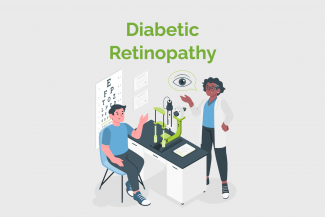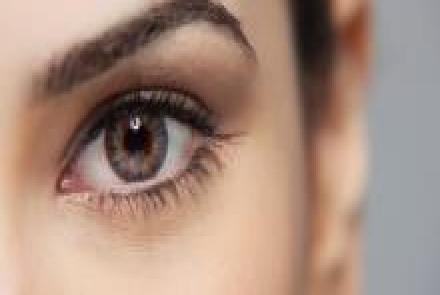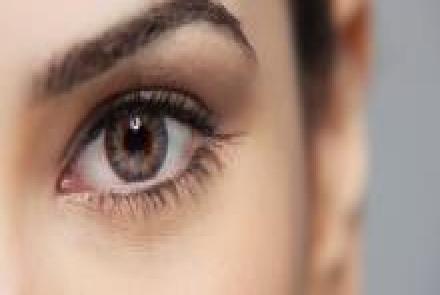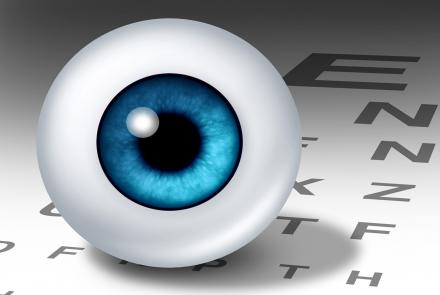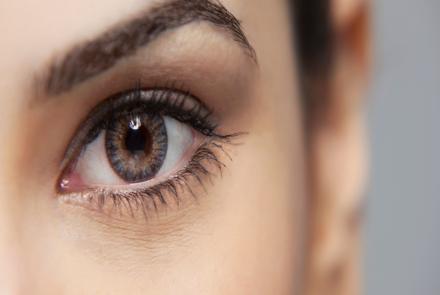Diabetic eye disease is a spectrum of eye diseases – retinopathy, cataract, glaucoma - caused by diabetes. Among these diabetic retinopathy is the most vision-threatening and will be dealt with in detail here.
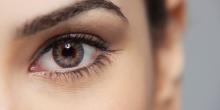
Can it be prevented
A holistic approach – controlling blood sugar, hypertension, dyslipemia and kidney status with a good exercise routine - is the best preventive measure.
What kind of screening tests should I undergo?
Here are some guidelines, according to American Diabetic Association
- Adults and children aged >10 years with Type 1 diabetes should have an initial dilated and comprehensive eye examination by an ophthalmologist or optometrist within 5 years of the onset of diabetes.
- Patients with Type 2 diabetes should have an initial dilated and comprehensive eye examination by an ophthalmologist or optometrist shortly after the diagnosis of diabetes.
- Subsequent examinations for Type 1 and Type 2 diabetic patients should be repeated annually by an ophthalmologist or optometrist. Less frequent exams (every 2–3 years) may be considered following one or more normal eye exams. Examinations will be required more frequently if retinopathy is progressing.
- High-quality fundus photographs can detect most clinically significant diabetic retinopathy. Interpretation of the images should be performed by a trained eye care provider. While retinal photography may serve as a screening tool for retinopathy, it is not a substitute for a comprehensive eye exam, which should be performed at least initially and at intervals thereafter as recommended by an eye care professional.
- Women with pre-existing diabetes, who are planning pregnancy or who have become pregnant, should have a comprehensive eye examination and be counselled on the risk of development and/or progression of diabetic retinopathy. Eye examination should occur in the first trimester with close follow-up throughout pregnancy and for 1-year postpartum.
Community
Condition

